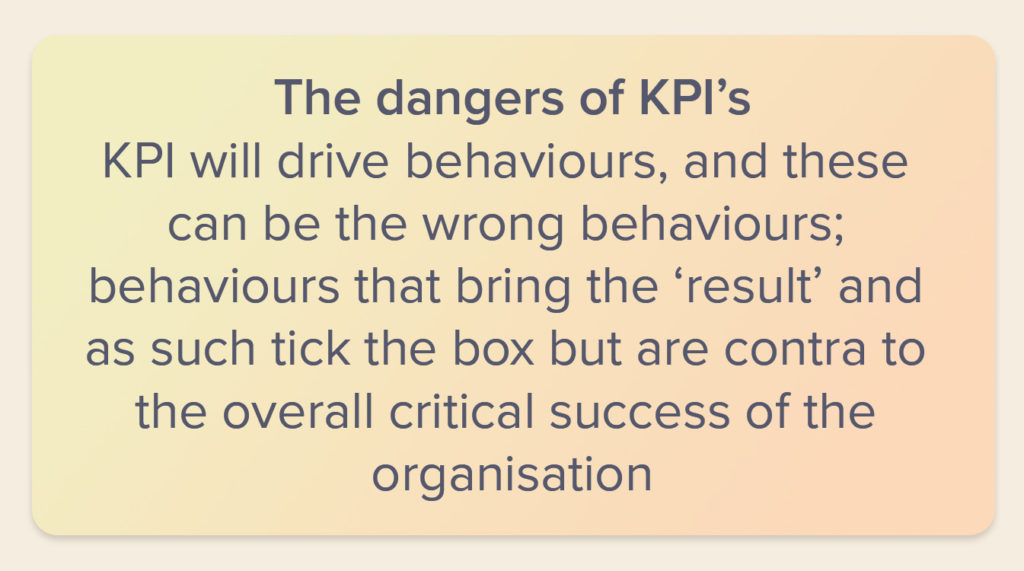What’s the point in marketing if you do not know if it is working or not? Tracking data, metrics and analytics is an astronomical part of marketing.
Whether it’s collecting weekly figures on ad spend, monitoring TikTok views, or improving conversions, the common denominator in many marketing strategies is the fact that we need to read and analyse data.
Areas to retrieve data
Emails
When thinking about retrieving valuable data from marketing emails, we can look at metrics such as bounce rates, click rates, location, and unsubscribe rates.
By delving deeper into each of these pieces of data, you can begin to understand the successful elements of your email and the not so successful elements.
For example, your open rate on an email may be super high, yet the click rate is low. This plain and simply tells us that our subject lines and body text work and we have an active audience/mail list – but the content within the marketing email isn’t convincing or clear enough.
So, it’s back to the drawing board.

Website
When one wants to analyse and retrieve data from a website, you may look at traffic and exit rates, new users and returning users. Pageviews and time spent on pages. And, devices on which users are visiting the website.
All of these sums of data are incredibly important to future marketing strategies and the growth of a company.
If you’re spending a large amount of budget on a desktop-based website, but 70% of your website users are mobile-device users, and the website isn’t very well optimised for mobile, this could explain a low time spent browsing a site.
Gathering this data can help you make more informed decisions when it comes to spending marketing budgets and targeting your audience more effectively.

Content
When thinking about retiring data in terms of content, you need to make sure areas stated are covered. If you are creating social media content, UTM tags on the links you’re promoting, whether that be in your bio, on stories or in comments, will enable you to check where your traffic is coming from.
In content published, a business should ensure that CTA’s are clear. Insights on platforms can also indicate numerics of engagement for you to base decisions off in terms of what content should be published in the future.

Conclusion
While these points may seem like there are a lot of setbacks and assumptions made, be rest assured that monitoring and acting on data isn’t a finite process.
Analysing and tracking data is a constant process. It’s learning as you go along and understanding what works and what doesn’t. Keep in mind digital trends can change the course of what you thought was successful marketing.
It’s all a process that keeps changing and morphing.
How to know you’re on the right track
Every business should set targets, goals and objectives according to the current state of the company.
SMART targets help marketing teams and sales teams set attainable targets that aren’t out of reach, but enough to stabilise growth for a company.
Another set of metrics though is KPI’s (Key Performance Indicators). If you don’t really know what is achievable with your budget and resources, a company should at least have some clear KPI’s set at all times, or for a length of time.
These Key Performance Indicators help to briefly outline to a department or company what the Key goals are. If you’re reaching them, you’re on target. If you’re not, you’re not growing as a company. Highlighting to superiors something isn’t working effectively and there’s a need for a re-jig of strategies.
a KPI can look like this “500 new users to the website weekly”, or “Hit the benchmark of an 11% open rate in every email”.
They don’t get overly specific, but they’re good Indicators as to whether the company is keeping on top of targets. Smaller, more niche goals can be set per campaign.

Testing for credible Data
A/B Testing is the process of comparing to variations of a website to see which performs best.
A/B testing can be done if you’re thinking of renewing your website and want to know if your users are finding it accessible enough, or if it performs as well as the older version.
Monitoring this data will allow you to make necessary changes so that updates are successful and support the growth of the company.
Multivariate Testing is a similar process to A/B testing but with more variables. It could be changes to images, colours or even fonts.
Is one version of the website with a sans-serif font attracting more clicks and time spent on the website than the website with a serif section of text and with more images? It’s a wider range of variables to consider.

Finally…
Data is essential to keep analysing, reading and reporting on for 2022. It’ll help you meet targets, grow the company and generate more sales – every entrepreneur’s goals.
Useful? Comment below…
For more handy blogs like this, click here.
For Free marketing on a platform of over 400,000 Snizl Users, click here.
